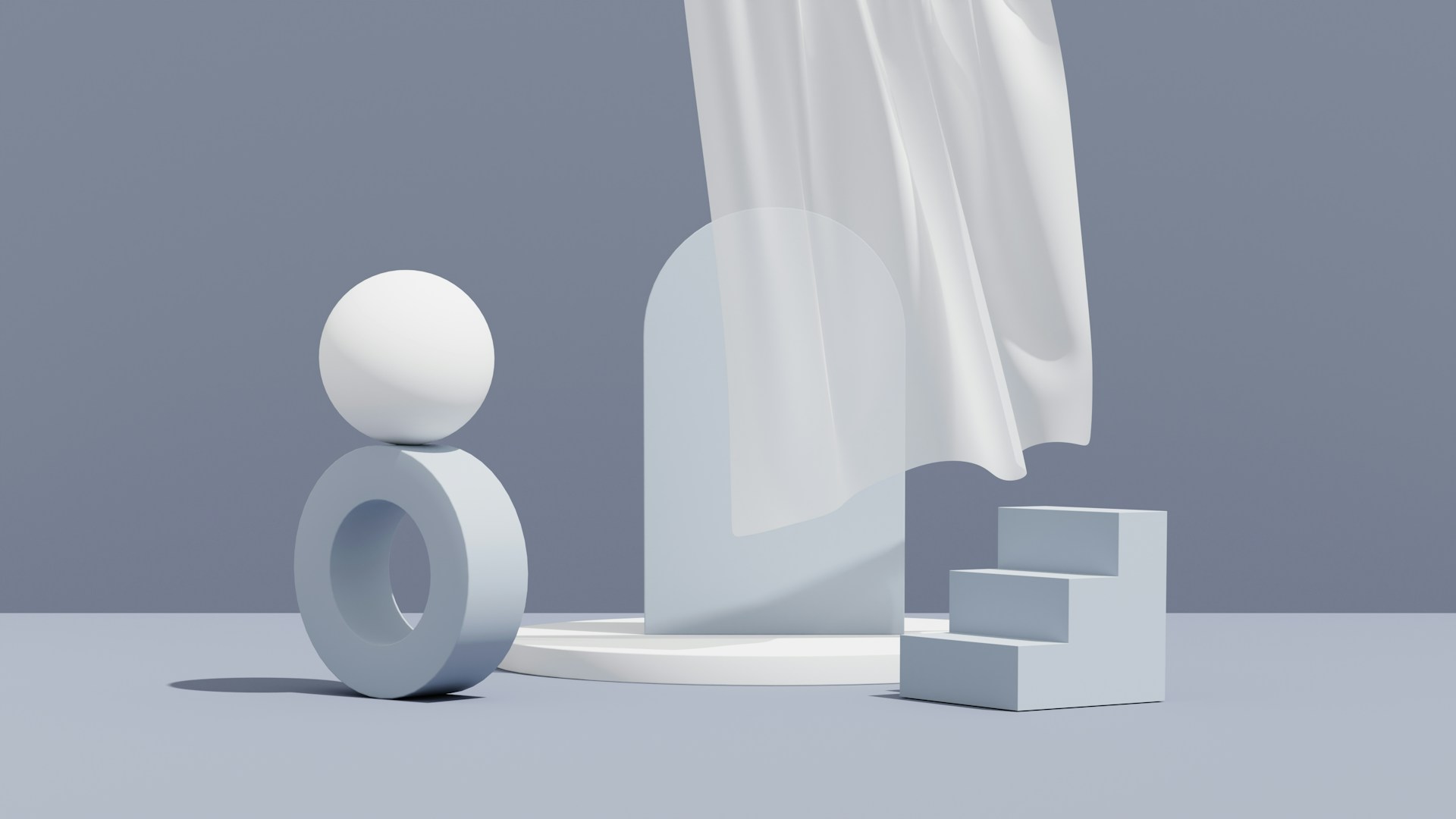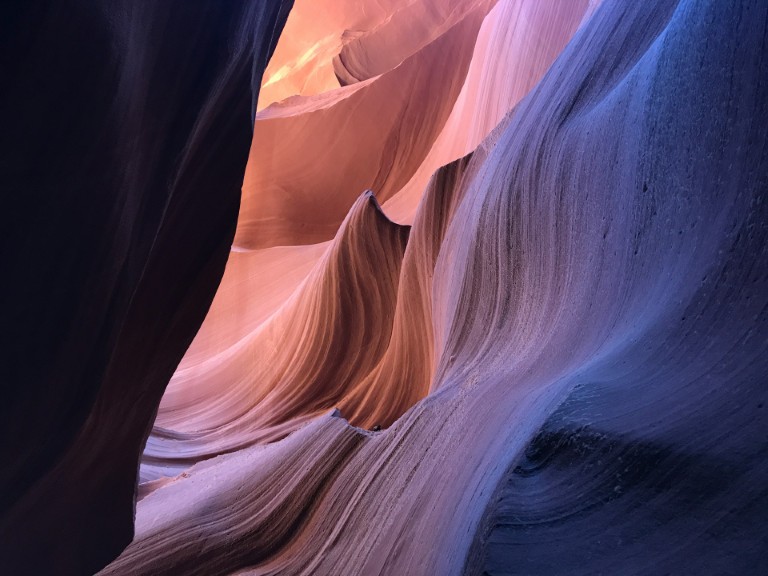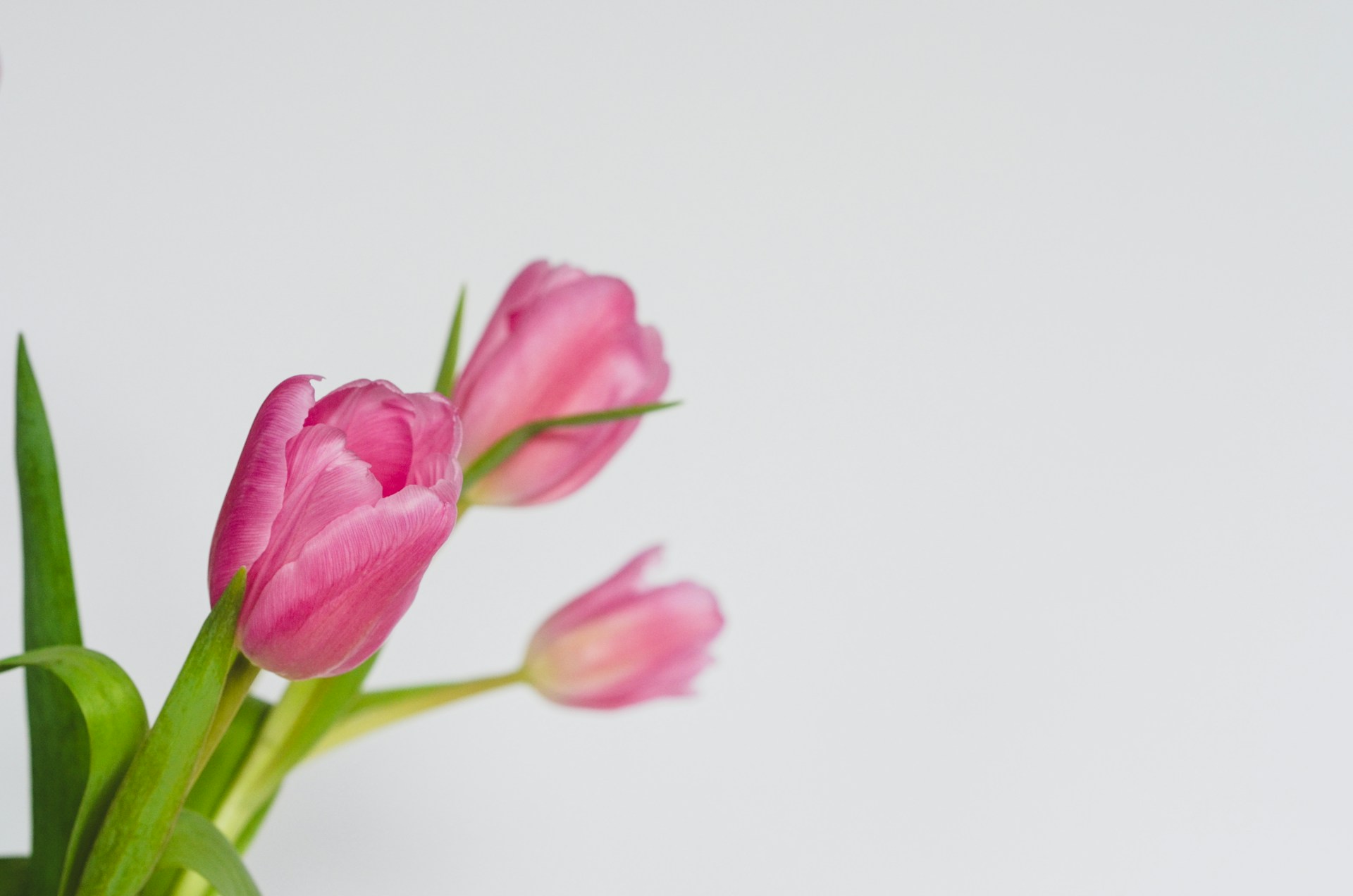Installation Art: Challenging Perception and Engaging the Senses
Art has always been a medium through which humans express their thoughts, ideas, and emotions. For centuries, artists have been pushing the boundaries of traditional art forms to create unique and immersive experiences. Among these innovative approaches, installation art stands out as an intriguing and thought-provoking genre. Installation art challenges perception and engages the senses, inviting viewers to step into a dynamic and interactive world of creativity.
Installation art can be defined as a three-dimensional visual artwork created within a specific space. Unlike traditional forms such as painting or sculpture, installation art is concerned with the relationship between the viewer and the artwork. It aims to transform the space and create an immersive environment that captivates the senses.
One of the defining characteristics of installation art is its ability to challenge our preconceived notions of what art should be. By breaking free from the conventional confines of a frame or pedestal, installation art invites viewers to confront art in a new and unconventional way. The art is not merely something to be observed from a distance; it demands active engagement and participation.
Installation artists often employ various materials and techniques to create their immersive environments. From mixed media sculptures to light projections, soundscapes, and even interactive elements, every aspect of the installation is carefully designed to evoke emotions, stimulate the senses, and challenge the viewer’s perception.
Yayoi Kusama, a renowned Japanese artist, is widely recognized for her mesmerizing installation artworks that explore themes of infinity, repetition, and the human condition. Many of her installations, such as the Infinity Mirrored Room series, consist of small mirrored spaces filled with countless reflective elements. These immersive environments create an illusion of endless space and challenge our perception of reality.
Another prominent installation artist, Olafur Eliasson, plays with light, color, and weather elements to engage the viewer’s senses. His work “The Weather Project” at the Tate Modern in London, featured a large sun-like structure, surrounded by a mist that filled the entire space. By manipulating the lighting and creating an artificial sun, Eliasson aimed to create a unique sensory experience, blurring the boundaries of the real and the imagined.
Installation art also has the potential to address social and political issues. Many artists use their installations as a platform to raise awareness and spark conversations about topics such as climate change, inequality, or the immigrant experience. Chinese artist Ai Weiwei, for instance, created a powerful installation called “Sunflower Seeds” at Tate Modern. The installation consisted of millions of tiny porcelain seeds, representing the Chinese people and their struggle for individuality amidst a demanding society.
The immersive nature of installation art allows viewers to engage their senses in a way that traditional art forms cannot. Walking through an installation, one can hear the sounds, feel the textures, and experience the environment as a whole. This multisensory experience often creates a deeper emotional connection between the viewer and the artwork, as it encourages active exploration and personal interpretation.
In a world filled with constant distractions and passive consumption of visual media, installation art offers a much-needed break from the usual superficial engagement. It demands our full attention as we step into a carefully curated world of creativity and imagination.
Installation art challenges our perception of art, engages our senses, and encourages us to question the limits of our understanding. It provides a platform for artists to express their thoughts, ideas, and emotions in a way that is unique, immersive, and thought-provoking. By inviting the viewer to actively participate in the artwork, installation art transcends the boundaries of traditional art forms, creating an inclusive and interactive experience for all. So, the next time you encounter an installation, take a moment to immerse yourself fully in the experience, and let your senses be captivated by the power of this fascinating art form.














